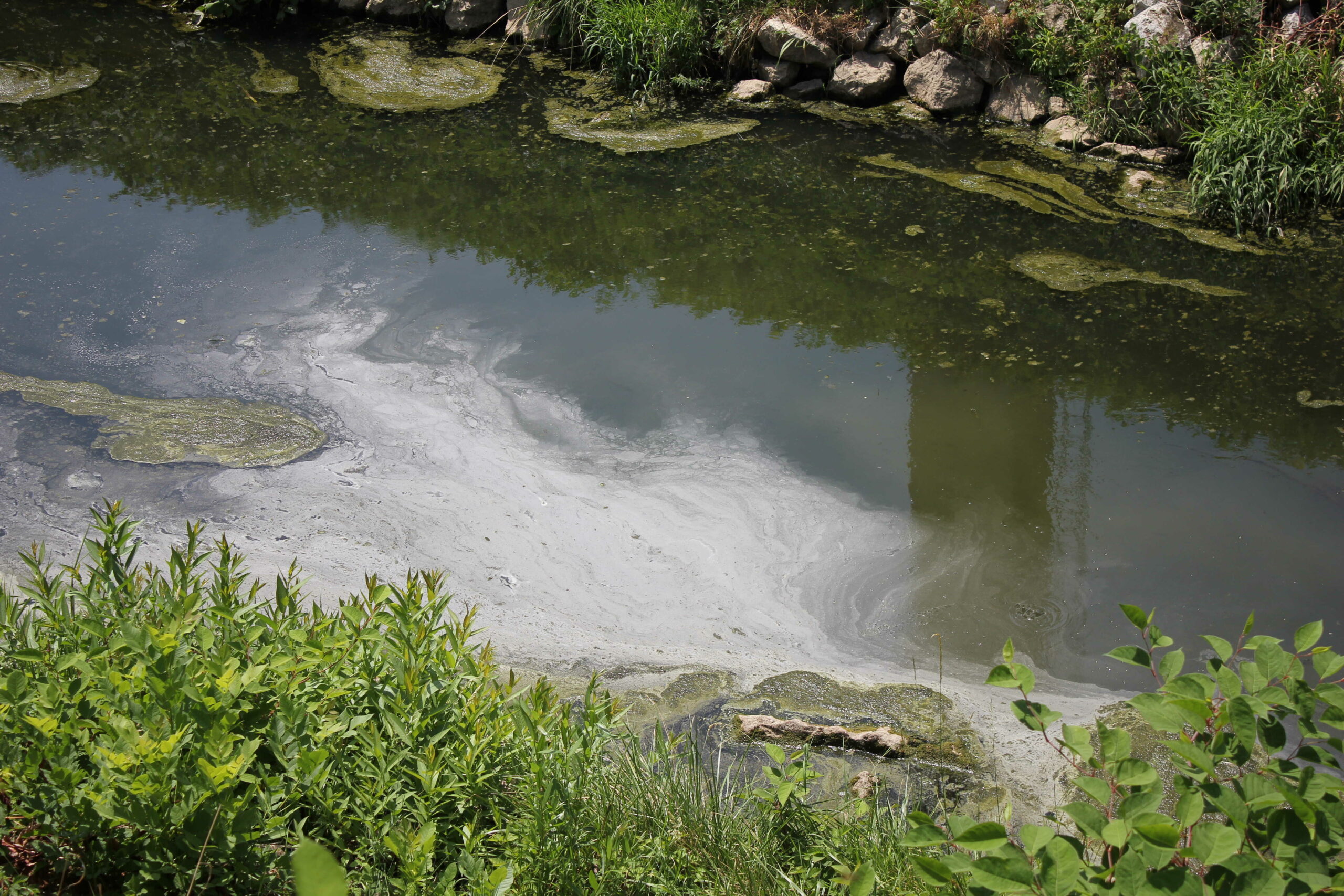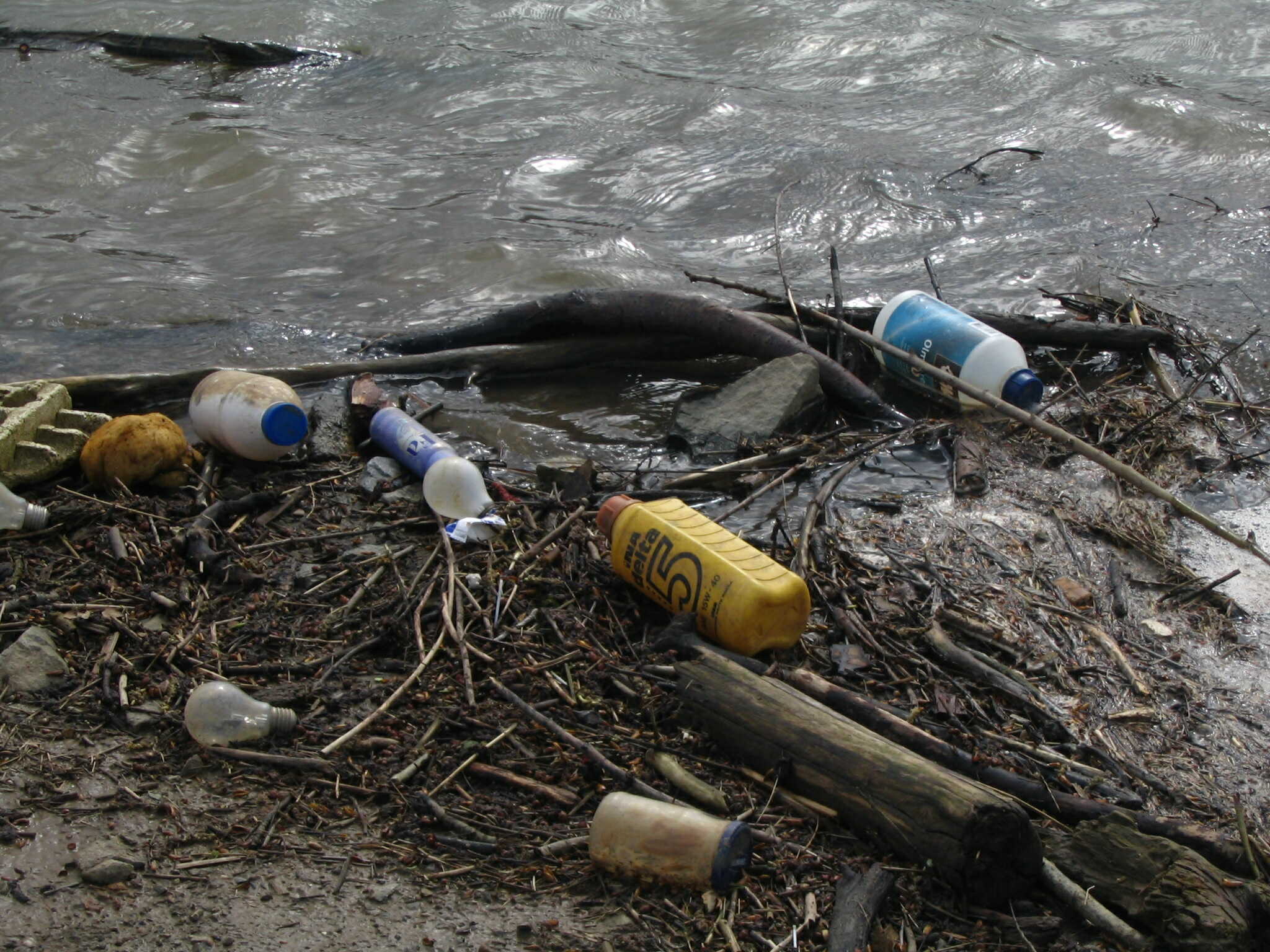Presence of nickel in water


Nickel belongs to the transition metals, the 24th element that occurs in the earth’s crust and forms various minerals such as pentlandite, nickelin or ullmannite. In its natural origin, nickel can be found to a certain extent in unpolluted soils and waters, where it is formed by volcanic eruptions or rock erosion. Due to its high resistance to weathering, i.e. corrosion in various media, nickel is often used in shipbuilding, in the food and chemical industries, but also in coinage and to protect various products through the nickel-plating process.
Nickel belongs to the group of transition metals and is the 24th most abundant element in the Earth’s crust. It forms various minerals such as pentlandite, nickeline, or ullmannite. Due to its natural origin, it is present in certain concentrations in uncontaminated soils as well as in water, where it can be introduced through volcanic eruptions or rock erosion. Because of its high resistance to weathering and corrosion in various environments, nickel is widely used in shipbuilding, the food and chemical industries, as well as in coin minting and product protection through nickel plating processes.
Nickel is essential in low concentrations for some microorganisms and the human body, but at higher concentrations, it becomes toxic and, in some compounds, even carcinogenic. Nickel also originates from anthropogenic sources such as the metallurgical industry, fossil fuel combustion, waste incineration, artificial fertilizers, various detergents, and is also present in cigarette smoke.
When ingested orally, nickel compounds are absorbed through the digestive system, and if they enter the bloodstream, they can accumulate in the kidneys and liver. In the general population, the most common toxic effect of nickel appears as contact dermatitis, an allergic skin reaction caused by prolonged contact with metal objects such as jewelry and piercings.
According to the Regulation on Water Quality Standards, the average annual concentration of nickel in inland surface waters is 4 µg/l, while the maximum annual concentration is 34 µg/l. On the other hand, under the Ordinance on Compliance Parameters, Analysis Methods, Monitoring, and Water Safety Plans for Human Consumption, the maximum allowable concentration of nickel is 20 µg/l. The Institute for Water “Josip Juraj Strossmayer” systematically monitors priority substances that form the basis for assessing the chemical status of Croatia’s waters. Among these priority substances, the following metals are monitored and evaluated: mercury, cadmium, lead, and nickel. Reports on water quality over the past two years have shown that nickel concentrations at most monitoring stations remained within the permissible limits. The mentioned results are available at the provided link.

